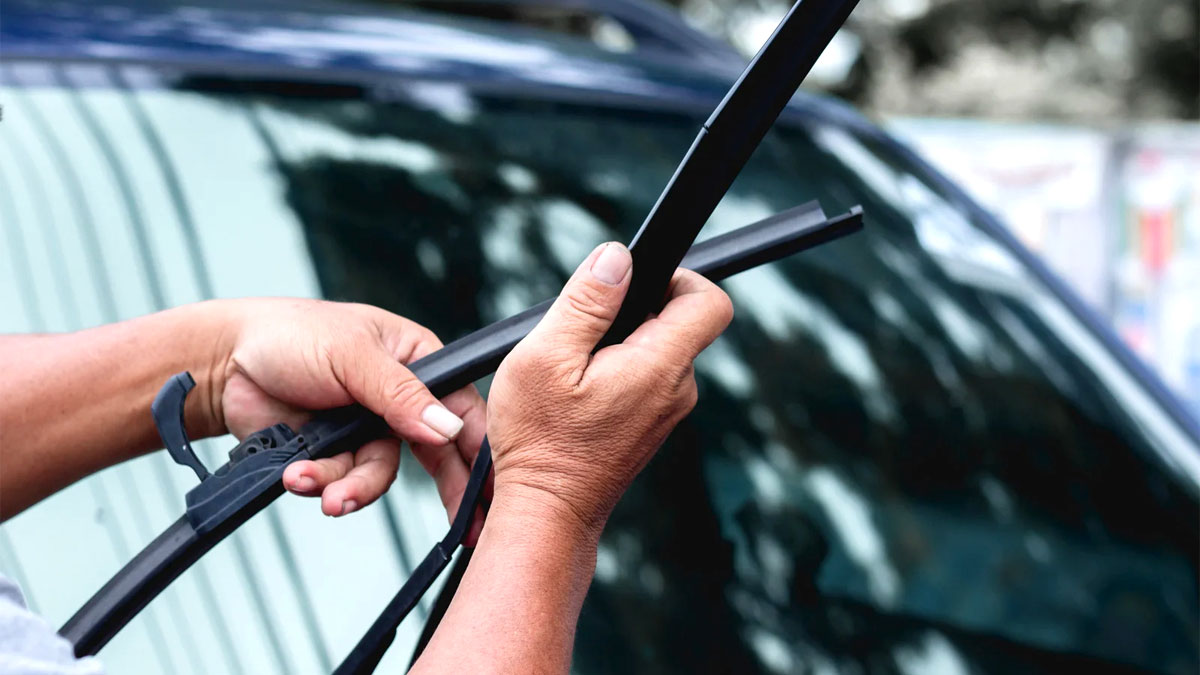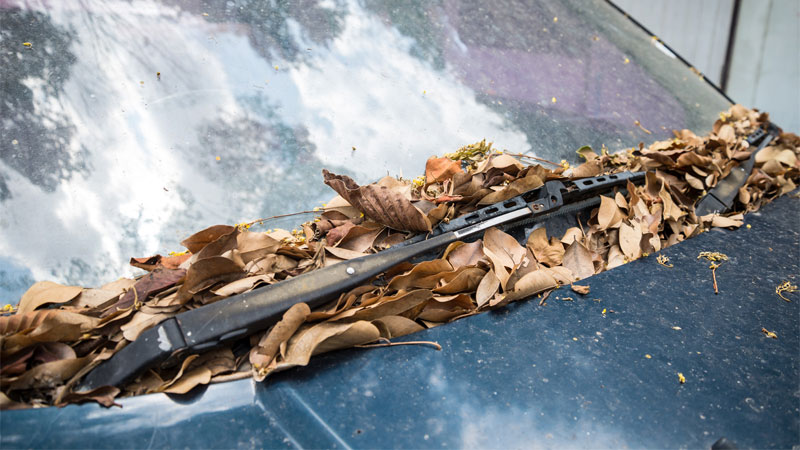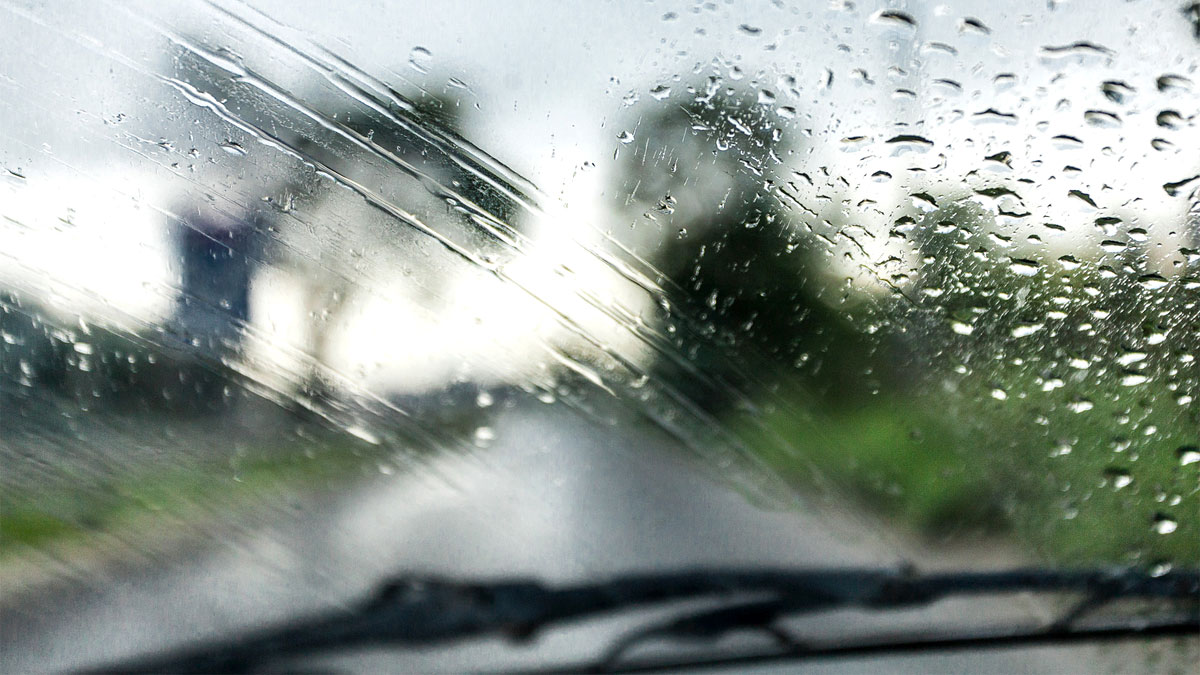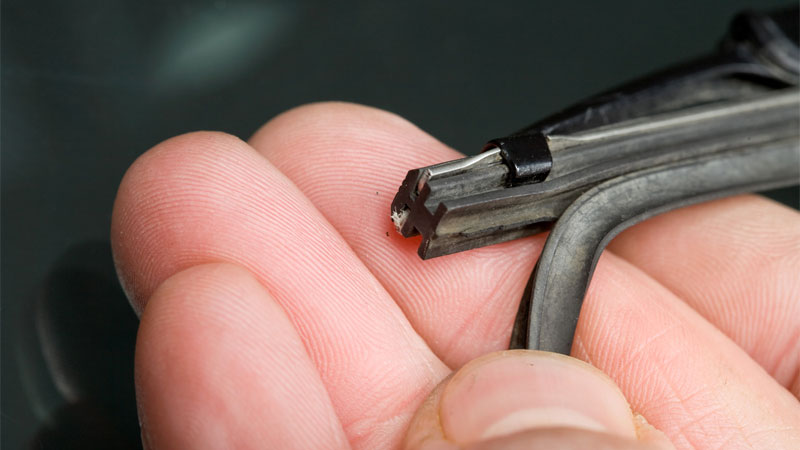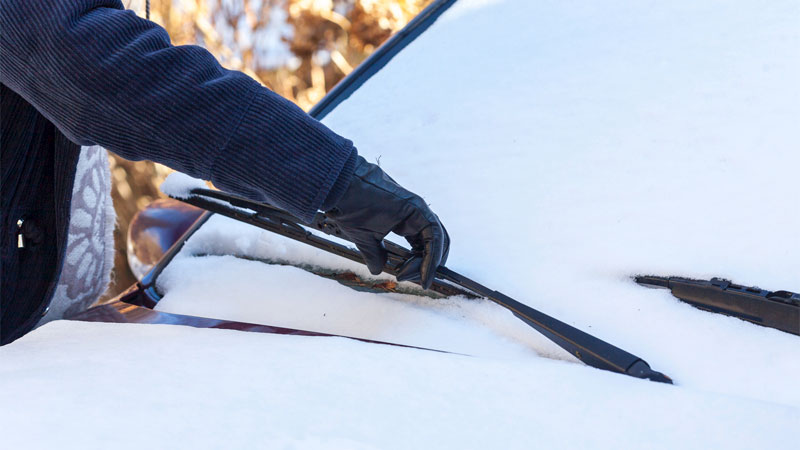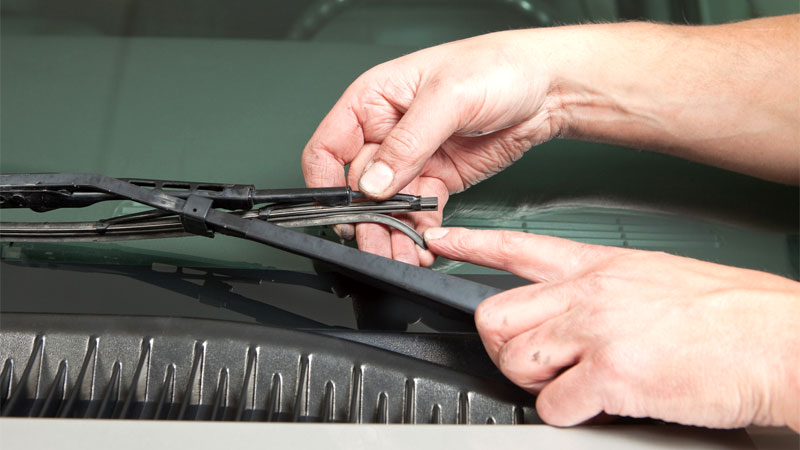Replacing your vehicle’s windshield wipers is part of being a car owner, and many dread it! Although your mechanic may inspect your windshield wipers upon a routine service, this won’t always be the case, as this job is left up to you between services. But how often should windshield wipers be replaced?
Windshield wipers will typically last between six and twelve months, but factors such as how often they are used and where a vehicle is stored may shorten or increase their lifespan. The environment will also have an influence on how often windshield wipers should be replaced.
Nobody likes worn-out windshield wipers and barely being able to see while driving in the rain or snow. If you suspect your windshield wipers have outlived their life, continue reading to find out how often windshield wipers need to be replaced, what influences their lifespan, and when they need replacing.
How Long Do Windshield Wipers Last?
Windshield wipers help to ensure your visibility in weather such as rain, hail, or snow remains good enough to drive and reach your destination safely. They also ensure that you’ll be able to actually clean bug splatter off your windshield instead of simply spreading some of it around and making it even more difficult to see.
In most cases, windshield wipers’ average lifespan can range between 6-12 months, although it is recommended to check their condition every month and change them at least on an annual basis.
If your area has experienced a harsh and rainy winter, it is encouraged to replace them afterward and to do the same if you had an especially hot summer.
Some claim that a few high-quality windshield wipers could last up to three years, but this statement will depend on many factors.
See Also: Does AutoZone Install Wiper Blades?
Factors Influencing the Lifespan of Windshield Wipers
Let’s look at some of the most significant factors influencing how often you will need to replace your windshield wipers.
1. Overall Usage
If you drive to and from work every day, are constantly on the road, or have automatic wipers, you will need to replace your windshield wipers much more often. However, if you work from home or only use your vehicle occasionally, your windshield wipers won’t have to be replaced as often, and they are likely to exceed the typical lifespan.
This is mainly due to the increased risk of damage, as extreme heat and ultraviolet rays will take their toll on the rubber or silicone, which could result in cracks or splits.
On top of that, dirt and sand trapped between your windshield wipers and your windshield will wear them down while swiping, which means their lifespan will be shortened.
See Also: 9 Best Places to Buy Windshield Wiper Fluid
2. Blade Quality
Whether you’ve bought your car new or used from a dealership, it will most likely come with a pair of standard rubber windshield wipers already installed. These windshield wipers are the most cost-effective but the least durable of all types.
Most people would choose rubber blades due to their adaptability and flexibility, and although they have good qualities, they will squeak and smear when worn out.
If you prefer rubber windshield wipers, you must keep in mind that you will probably need to replace them more often than some higher-end ones.
A better wiper blade material would be silicone. These tend to need less frequent replacing due to their high quality, efficiency, and increased durability in extreme weather that could cause damage to rubber windshield wipers.
If you want to invest in high-quality windshield wipers, silicone wiper blades would be your best bet, and some may only need to be replaced once every 2-3 years if under ideal conditions and cared for correctly.
3. Care and Maintenance
Although you may not expect to take care of your windshield wipers, you could prolong their lifespan, so you won’t have to replace them as often.
Care and maintenance for your windshield wipers could be as simple as regularly cleaning them with a soft cloth or brush and inspecting them every once and again. When you notice something may be wrong, having a quick look and fixing a loose fitting could make them fit for another month or two.
Additionally, in the winter, refrain from only using your windshield wipers to remove ice and snow from your windshield. You can defrost the ice or snow or remove it from your windshield yourself, as the ice could severely damage them, requiring more frequent replacement.
After arriving at your destination, you may be tempted to leave your wiper blades up when snow or ice is in the forecast, but this has its own problems so you may want to reconsider.
4. Environmental Considerations
The weather conditions will impact how often you need to replace your windshield wipers. If you live in an area that often experiences extreme weather circumstances (heat, cold, or precipitation), this will take their toll on your wipers.
In extreme rain, your windshield wipers will need to work ten times harder to keep up, and in extreme heat, they will be exposed to harsh UV rays, causing the blades to crack, become brittle, and wear down much faster.
Signs Your Windshield Wipers Need Replacing
If you’ve had your windshield wipers for a few months, you may wonder whether or not it’s time to replace them. You’ll be able to tell by just inspecting them:
1. Unusual Noises
If you notice them making a constant squeaking sound against your windshield, scraping it instead of smoothly gliding across, this would be another sign. This could also be paired with a streaky clean of your windshield, where there will be streaks of water left on your windshield, decreasing your visibility or constantly drawing your attention.
2. Poor Performance
Turn your vehicle on, stand outside, and pay attention to how they swish back and forth across your windshield. Remember to wet your windshield first, either by spraying windshield washer fluid or manually pouring water on it.
Never use your windshield wipers on a dry windshield as this can result in additional damage, especially if you suspect they are already damaged.
See Also: How Much Windshield Washer Fluid Do Cars Hold?
3. Physically Deteriorated
If your windshield wipers have splits or cracks at the edges of the rubber, they need to be replaced. When the rubber becomes too rough and worn, it won’t be able to effectively clear your windshield of rain or snow, which could become dangerous if it worsens.
4. Blades Are Skipping
If you notice the blades skipping back and forth and the rubber becoming loosened while swishing back and forth, you can be sure that it’s time for your windshield wipers to be replaced.
Conclusion
Replacing windshield wipers is a crucial part of being a car owner, and knowing the materials and quality of your windshield wipers will help you determine when they need to be replaced. Although the average lifespan of windshield wipers is between 6-12 months, it is up to you to determine if they need to be replaced earlier or later than this timeframe.

